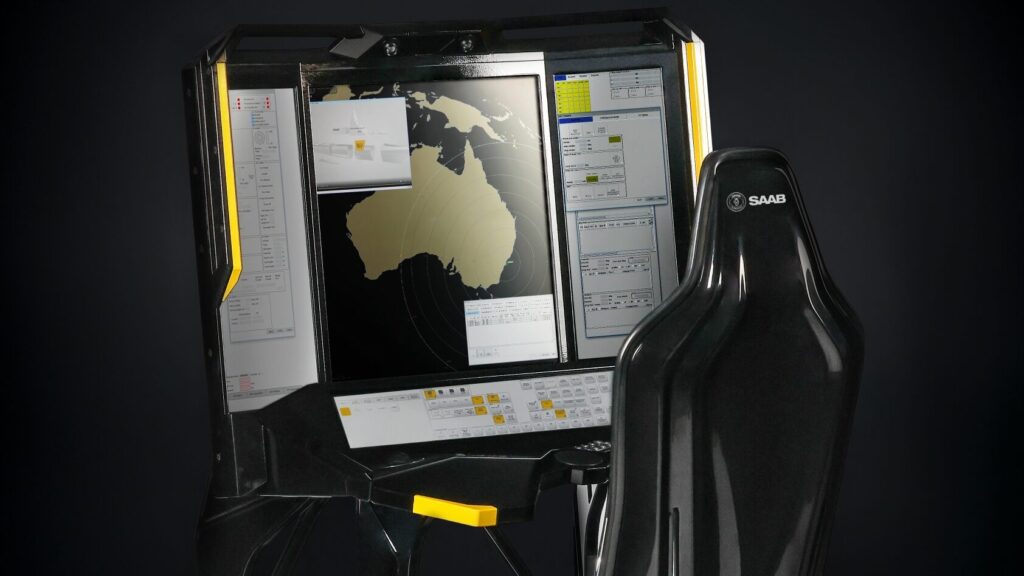- Reaction score
- 9,191
- Points
- 1,260
The defensive stuff was moved off to its own thread.
To keep this one going, a doctrinal debate from the 1950s/60s on where mechanized infantry locate themselves during the attack. The American view was to move behind the vehicles (keep the big piece of steel between you and the enemy) while the German point of view was to only dismount if necessary, and to spread out. The latter implicitly allows the infantry to afford better protection to the vehicles.
To keep this one going, a doctrinal debate from the 1950s/60s on where mechanized infantry locate themselves during the attack. The American view was to move behind the vehicles (keep the big piece of steel between you and the enemy) while the German point of view was to only dismount if necessary, and to spread out. The latter implicitly allows the infantry to afford better protection to the vehicles.






